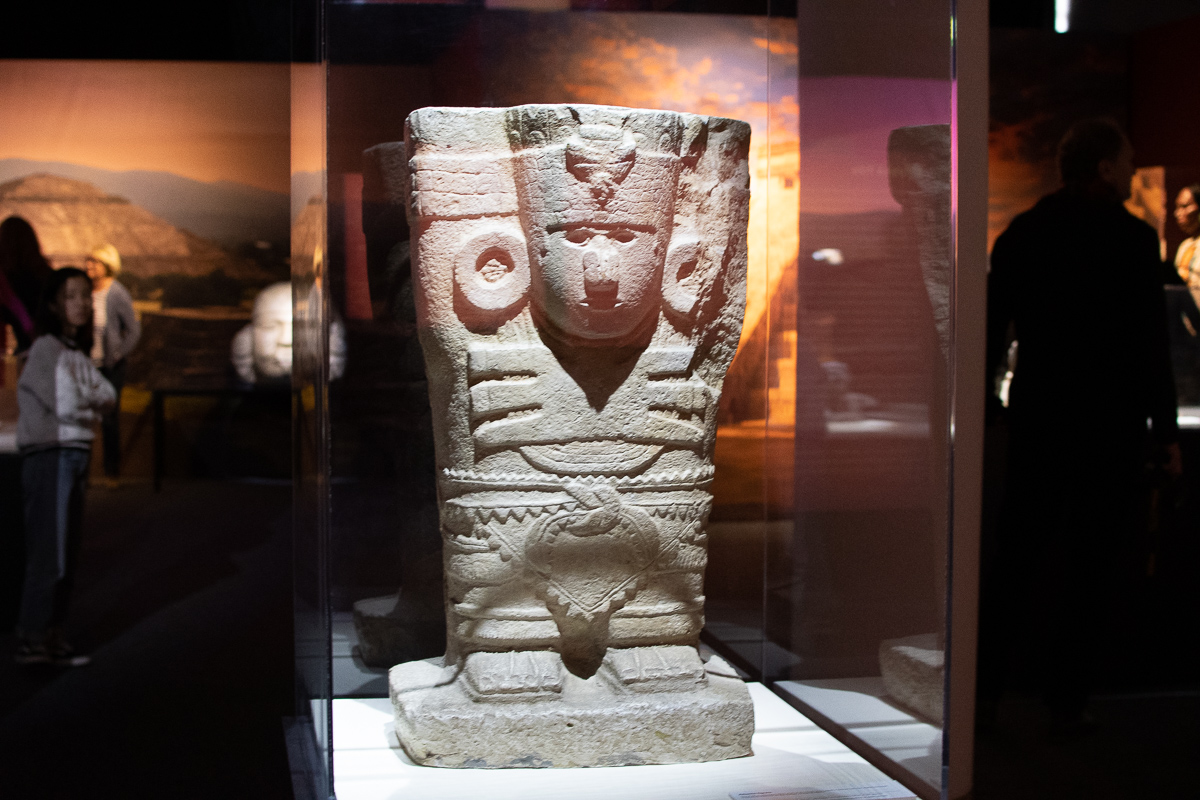Brno will have a lot of related events to celebrate St. Martin’s Day. Photo: Pixabay
By Bruno Zalubil
Of all of the days in the calendar, I think that you could argue that November 11 — St. Martin’s Day — is the most multi-faceted. It is numerically unique and historically important. It has religious, onomastic, and climatic significance. And, to top it all off, there are even delicious oenophilic delights (local wine) and culinary elements (roasted goose) mixed in as well. It’s as though Nov. 11 won the date lottery.
Brno will have a lot of related events to celebrate St. Martin’s Day, particularly because it lands on a Saturday this year. Many restaurants will offer a special menu and the focal point will be Namesti Svobody and a public degustation of more than 100 different types of St. Martin’s wines. The ceremonial opening of the first bottles will be at 11 a.m. Click here for more information.
As you enjoy your drink, however, remember that there is much more to Nov. 11. To wit,
Numeric — When people use numbers, it can be difficult to know exactly what date they mean. Take “5/3”, for example. In America, it would mean May 3; here it would be March 5. There’s no such problem with 11/11. In fact, some places actually pop the first bottle of wine at 11:11 to start the day’s celebrations.
Historic — Armistice Day is the when — at the 11th hour of the 11th day of the 11th month (of 1918) —World War I ended. Perhaps the brokered peace was short-lived and created resentment that led to World War II; nevertheless, it put an end to a horrific struggle the likes of which the world had never seen before.
Religious — Nov. 11 is a Christian celebration of Saint Martin of Tours. He was a Roman soldier who was baptized as an adult and later became a monk. He once cut his cloak in half to share with a beggar during a snowstorm. St. Martin is also known for hiding among geese to avoid being elevated to bishop. The geese cackled and he was discovered. Now we eat them as part of his celebration.
Onomastic (the study of names) — Almost every day of the Czech calendar has an associated saint. Nov. 11 is the name day for Martin, which is consistently one of the top names in the country. Make sure to wish “Vsechno nejlepsi k tvemu svatku” — in English: “All the best on your nameday” — to all of the Martins you know. Maybe give them a small gift, too. Wine, perhaps?
Climatic — One of the local sayings is Martin přijíždí na bílém koni, which translates to Martin is coming riding a white horse. That means that, theoretically, Nov. 11 is supposed to bring the first snowfall of the season. It is an added bonus when a few snow showers add to the atmosphere, but it is uncommon.
Oenophilic — Wine drinkers celebrate Nov. 11 with Svatomartinské víno, St. Martin’s wine. The wine has aged only a few weeks and it generally has a fruity taste. The French also celebrate young wine in November; their wine is known as Beaujolais Nouveau. Regardless of the name, the wine helps to warm souls on the usually cold autumn night.
Culinary — And, my favorite reason for why Nov. 11 is an interesting day, is the food. Americans have Thanksgiving to eat turkey. Czechs have St. Martin’s Day to eat goose. Both fill you to bursting. My favorite is the traditional meal: roast goose with dumplings and cabbage. The mix of juices and the different tastes are fantastic. And the wine washes it all down.
Make your reservations early and enjoy all of the different aspects of Nov. 11.








